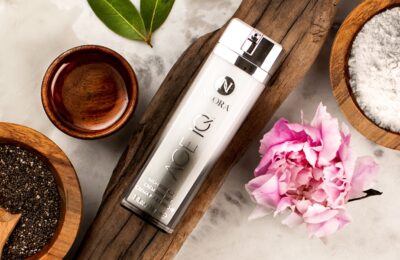A plasmid is extra chromosomal DNA that is not incorporated in the main helix of genomic DNA. Plasmids DNA 101 occur in nature and can be found everywhere – in plants, insects, and bacteria. Scientists have discovered various applications for plasmids including gene therapy and DNA vaccines.
These applications deliver the plasmid to a specific target in an organism to obtain a desired response. Plasmids can be delivered as a naked molecule or encapsulated in a nanoparticle. Other delivery methods of plasmids DNA 101 are being developed to improve plasmid delivery efficiency and increase serum survival lengths.
Manufacturing Process
Typical plasmids DNA 101 manufacturing run can vary from 4 to 8 months depending on the unique requirement of the client’s project. Standard steps of the VGXI process are described below.
Plasmid Evaluation
Each new plasmid is first evaluated by the Process Development team in a small-scale production run called a Plasmid Evaluation. This pre-clinical production run simulates conditions of the full-scale GMP run to assess the quality and yield of the Customer’s plasmid.
Cell Banking
If included in the project scope, generation of a GMP Master Cell Bank is performed in a dedicated area starting from the fully evaluated research cell bank.
Fermentation
Each plasmid is unique, and VGXI has the knowledge and experience to optimize fermentation based upon the project’s specific requirements. Advantages of Fermentation include:
- Fully automated process
- E. coli fermentation scales up to 500L
- Capability and experience with both batch and fed batch methods
- Experience with both antibiotic and antibiotic free selection
The fermentation process of plasmids DNA 101 occurs under strictly controlled growth parameters and is carefully monitored from the moment the bacteria enter the fermenter to the point of harvest.
Lysis
When scaling plasmid production, lysis and neutralization is a highly critical step. Patented AIRMIX® Technology gently separates the DNA plasmid from cellular debris in an efficient, reliable manner. Characteristics of the AIRMIX, superior approach:
- Fully automated and scalable process
- Continuous capture method effectively lyses cells at a high rate without damaging cellular contents
- Low shear minimizes genomic DNA contamination and preserves plasmids DNA `101 supercoiling.
- No animal-derived components
Purification
Optimized downstream chromatography steps further remove impurities including host cell genomic DNA, RNA, proteins, and endotoxin.
Concentration and Aseptic Filtration
Final concentration and buffer exchange is achieved with tangential flow ultrafiltration/infiltration (UF/DF).
- Controlled transmembrane pressures preserve plasmid DNA integrity
- Experience in producing plasmid concentrations up to 15 mg/mL
- Formulation available with a wide range of buffers and excipients
Conclusion
Most plasmids are designed to contain an origin of replication, a gene of interest and a gene for antibiotic resistance. In a process called cloning, a gene is inserted into an empty plasmid backbone (vector) using genetic engineering. Plasmids are specifically designed to replicate in bacteria without gene expression; yet, in their intended target, they express the gene without replication.
Once a plasmid is assembled with the proper components, it is transformed into a competent cell. In this process, electrical current or chemistry opens the bacterial pores to accept the plasmid, and the competent cells end up with several copies of the plasmid. To isolate only the plasmid-containing bacteria, the cells are cultured with the antibiotic corresponding to their antibiotic resistant gene.













